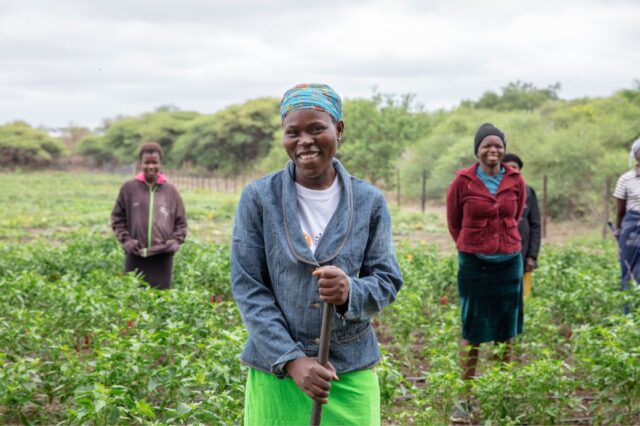811 million people, mostly children, do not have enough food. In spite of the progress made over the last decades, the road to end global hunger is still long.
There are 149.2 million children under five (1 in 4) suffering from stunting – a phenomenon directly linked with chronic and recurrent malnutrition. Moreover, 45.4 million children under five globally suffer from wasting, with 13.6 million of them suffering from severe wasting (UNICEF, WHO, World Bank Group, 2021). In 45% of the cases, malnutrition is one of the main causes of death in this age group (FAO, 2021).
The causes of hunger in the world are far more complex than people normally think. Behind the shortage of food there are factors related to economic development, health services and social development; to the lack of roads and infrastructures; to climate change, extreme weather phenomena and natural calamities; to conflicts and gender discrimination.
The lack of access to adequate quantities of nutritional food – which is at the base of the malnutrition which 9.9% of the population suffers (FAO, IFAD, UNICEF, WFP, WHO, 2021) – takes away the strength needed to work and to lead an active and healthy life.
Cesvi has been fighting against hunger in the world for years, with development projects in the southern hemisphere – based on an integrated approach to the problem – and awareness campaigns in the Northern hemisphere.
In the field the activity is centred on promotion of correct nutrition especially for children, on the right and access to resources, particularly water and on agricultural development to increase productivity through diversification of crops and introduction of new technologies.
To meet these objectives it is essential to also work on strengthening the role of women as the reference point in families and as a motor for change in developing countries. It is estimated that if women had equal access to resources as do men the number of people going hungry in the world would drop by at least 150 million (FAO, 2021).





